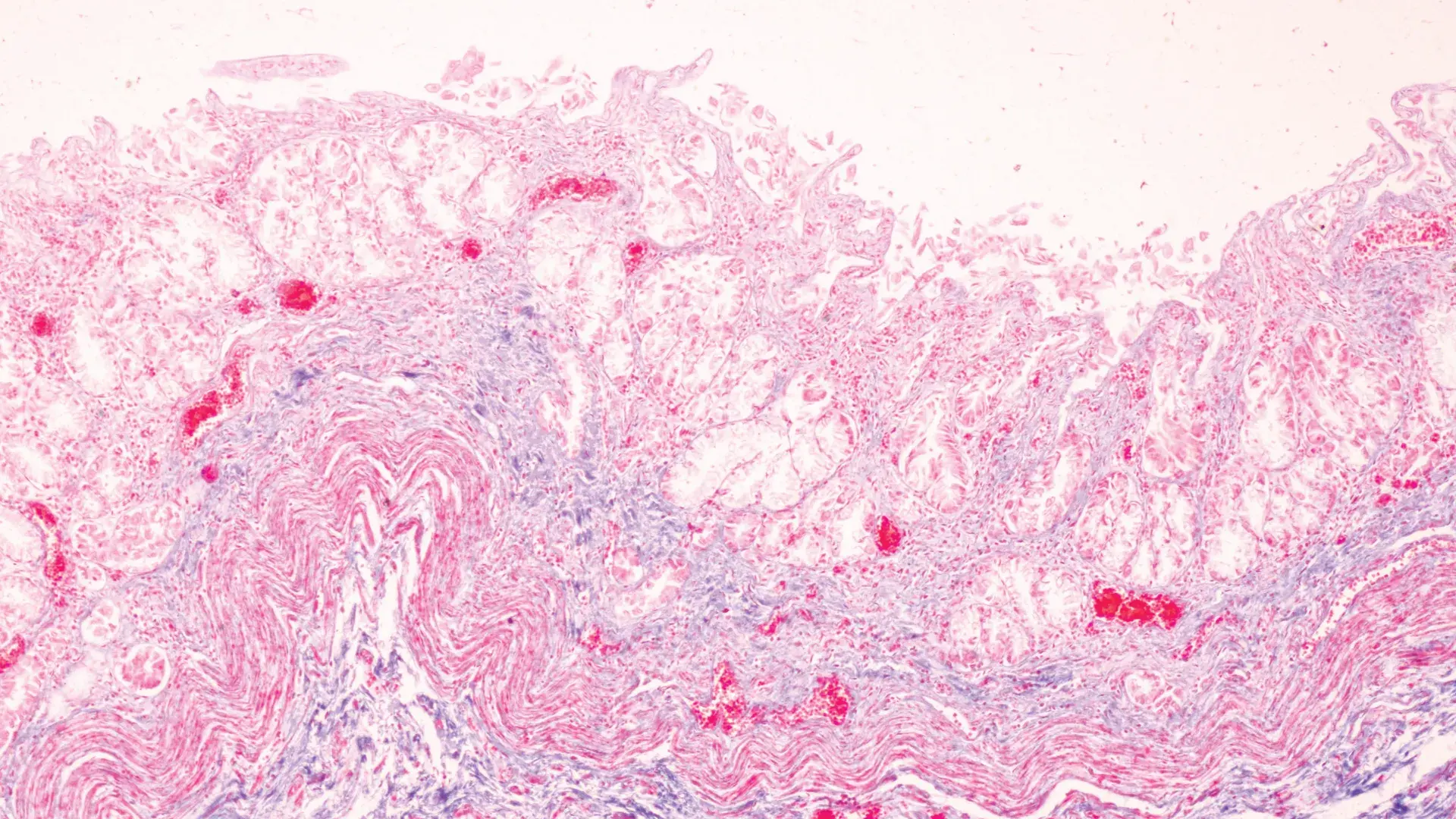4 Questions On NAD/NADH Testing Answered
Unlocking the Secrets of Cellular Energy
3 min read
US BioTek Marketing Department
:
February 12, 2025 at 8:00 AM

Unlocking the Secrets of Cellular Energy
Cellular energy is the energy that cells use to form of adenosine triphosphate (ATP). Nicotinamide adenine dinucleotide (NAD) and nicotinamide adenine dinucleotide phosphate (NADP) are crucial molecules needed for cellular energy production.

Niacin or nicotinic acid and its amide, nicotinamide, are the forms of vitamin B3 occurring in foods. Active coenzyme forms of the vitamin are nicotinamide adenine dinucleotide (NAD) and nicotinamide adenine dinucleotide phosphate (NADP) that function as coenzymes in oxidation and reduction reactions, typically known as Redox reactions.
Nicotinamide adenine dinucleotide (NAD+) and its reduced form, NADH, are essential coenzymes involved in countless biochemical reactions within our cells. During cellular respiration, NAD+ accepts electrons from the breakdown of glucose. NAD+ and NADP undergo rapid cycling between their oxidized and reduced forms and the ratios (NAD+/NADH) is a measure of cell viability.
NAD+ plays a crucial role in glycolysis, a key metabolic pathway for breaking down glucose to produce energy where NAD+ acts an electron acceptor to reduce NAD+ to NADH. The NADH generated in glycolysis carries high-energy electrons to the electron transport chain in the mitochondria.
NAD+ regulates gene expression for enzymes that regulate apoptosis, DNA repair, stress resistance, metabolism, and endocrine signaling.
NAD+ plays a crucial role in the synthesis of tryptophan, an essential amino acid precursor to Serotonin. The relationship between tryptophan and NAD+ is complex and bidirectional dependent of the availability of tryptophan. The kynurenine pathway, which involves the conversion of tryptophan to NAD+, is a critical pathway with implications for various physiological processes.
Sirtuins are a family of proteins that are activated by NAD+ to promote longevity. The interplay between NAD+ and sirtuins has led to the development of NAD+ boosters and sirtuin activators as potential anti-aging interventions.
NAD+ to NADH. They play a pivotal role in:
Testing NAD/NADH via a DIY Blood spot collection can provide valuable insights into:

Consider testing NAD+ testing for individuals who:
NAD+ testing is performed with a blood spot test. The report includes a measure of NAD+, NADH, NADP, NADPH and Nicotinamide.
A comprehensive assessment of health span can be best measured in:
NAD/NADH testing offers a unique window into cellular energy and metabolism. While NAD+ assessment is an emerging field, this test with a repertoire of associated longevity tests holds promise for improving our understanding of aging and age-related diseases, as well as guiding personalized interventions to enhance cellular health and vitality.

Unlocking the Secrets of Cellular Energy

Short chain fatty acids (SCFAs) are organic acids produced by bacterial fermentation of dietary fibre and resistant starch. Enterocytes and...

Zonulin has emerged as a popular marker to assess the integrity of the intestinal mucosal barrier. Discovered by Dr Alessio Fasano, Zonulin...